
Looking for the best video editing software for Linux? You're at the perfect place.
We have focused on listing some of the best free video editors suitable for beginners and professionals.
If you want FOSS-only, please refer to this list of open source video editors.
1. Kdenlive

- Cross-platform
- Multi-track video editing
- A wide range of audio and video format supported
- Configurable interface and shortcuts
- Plenty of effects and transitions
- Proxy editing
- Automatic save
- Good hardware support
- Keyframeable effects
Kdenlive is a free and open-source video editing software from KDE that provides support for dual video monitors, a multi-track timeline, clip list, customizable layout support, basic effects, and basic transitions.
It supports a wide variety of file formats from a wide range of camcorders and cameras, including raw, avi, dv, mpeg2, mpeg4, h.264, AVCHD, HDV, and more.
It may not be the most modern user experience, but it offers most of the essential features fit for beginners and professionals.
Pros
- All-purpose video editor
- Not too complicated for those who are familiar with video editing
Cons
- It may still be confusing if you are looking for something basic
- KDE applications are infamous for being bloated
Installing Kdenlive
Kdenlive is available for all major Linux distributions. You can simply search for it in your software center. Various packages including AppImage and Flatpak are available in the download section of Kdenlive website.
You can also install it from the terminal for Debian and Ubuntu-based Linux distributions using the command below:
sudo apt install kdenliveSuggested Read 📖

2. OpenShot

- Cross-platform support
- Support for a wide range of video, audio, and image formats
- Powerful curve-based Keyframe animations
- Desktop integration with drag and drop support
- Unlimited tracks or layers
- Video transitions with real-time previews
- 3D animated titles and effects
- Time-mapping and speed changes on clips
OpenShot is another multipurpose video editor for Linux. OpenShot can help you create videos with transitions and effects, and adjust audio levels. Of course, it supports most formats and codecs.
OpenShot is a tad bit simpler than Kdenlive. So if you need a video editor with a simple UI, OpenShot is a good choice.
There is also a neat documentation to get you started with OpenShot.
Pros
- All-purpose video editor for average video editing needs
Cons
- The user interface is simple, but it may take a bit of a learning curve if you are extremely new
- It may not be suitable for all kinds of professionals.
Installing OpenShot
OpenShot is also available in the repositories of all major Linux distributions. You can simply search for it in your software center. You can also get it from its official website.
My favorite way to install OpenShot is to use the following command on Debian and Ubuntu-based Linux distributions:
sudo apt install openshot-qt3. Shotcut

- Cross-platform support
- Support for a wide range of video, audio, and image formats
- Native timeline editing
- Mix and match resolutions and frame rates within a project
- Multitrack timeline with thumbnails and waveforms
- Unlimited undo and redo for playlist edits, including a history view
- External monitoring on an extra system display/monitor
- Good hardware support
Shotcut is another video editor for Linux that can be put in the same league as Kdenlive and OpenShot. While it does provide similar features as the other two discussed above, Shotcut is a bit more advanced, with support for 4K videos.
Support for a number of audio and video formats, transitions, and effects are some of the numerous features of Shotcut. An external monitor is also supported here.
The user interface may not be easy to navigate around for new users. But, there is a collection of official video tutorials available to get you started with Shotcut.
Pros
- All-purpose video editor for common video editing needs
- Support for 4K videos
Cons
- Too many features reduce the simplicity of the software
Installing Shotcut
Shotcut is available as an AppImage, Snap, and as a Flatpak. You may not be able to get it from the official repositories, so those are your best options.
For other platforms, you can explore its download page.
4. Flowblade

- Lightweight application
- Supports proxy editing
- Drag and drop support
- Support for a wide range of video, audio, and image formats
- Video transitions and filters
- Multitrack timeline with thumbnails and waveforms
Flowblade is a multitrack non-linear video editor for Linux. Like the above-discussed ones, this too is free and open-source software. It comes with a stylish and modern user interface.
Written in Python, it is designed to be fast and precise. Flowblade has focused on providing the best possible experience on Linux as an exclusive.
You also get a decent documentation to help you use all of its features.
Pros
- Lightweight
- Good for general purpose video editing
Cons
- Not available on other platforms
Installing Flowblade
Flowblade should be available in the repositories of all major Linux distributions. You can install it from the software center. More information is available on its download page.
To install Flowblade in Ubuntu and Ubuntu-based systems, use the command below:
sudo apt install flowbladeSuggested Read 📖
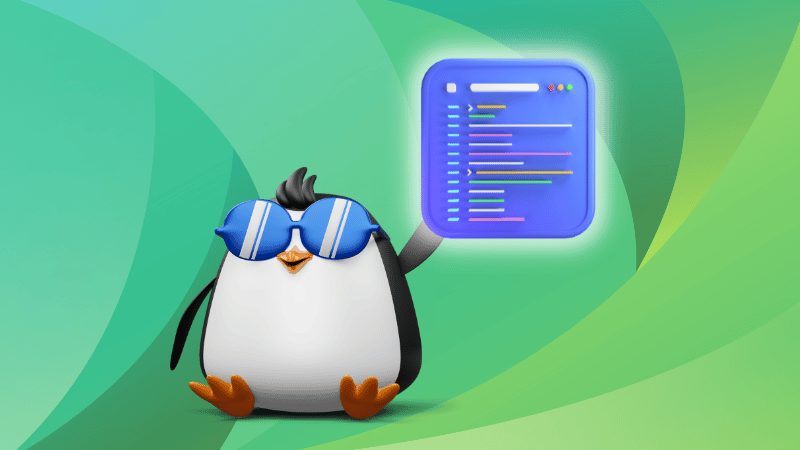
5. Lightworks
- Cross-platform
- Simple & intuitive User Interface
- Easy timeline editing & trimming
- Real-time ready to use audio & video FX
- Access amazing royalty-free audio & video content
- Lo-Res Proxy workflows for 4K
- Export video for YouTube/Vimeo, SD/HD, up to 4K
- Drag and drop support
- Wide variety of audio and video effects and filters
If you looking for video editing software that has more features, and fit for professional work, this is the answer. Lightworks is a cross-platform professional video editor, available for Linux, macOS, and Windows.
It is a non-linear editing (NLE) software that supports resolutions up to 4K as well as video in SD and HD formats.
Lightworks is available for Linux, however it is not open source.
This application has three versions:
- Lightworks Free
- Lightworks Create
- Lightworks Pro
Pro version has more features, such as higher resolution support, 4K and Blue Ray support, etc.
Extensive documentation is available on its website. You can also refer to videos at Lightworks video tutorials page to learn more.
Pros
- Professional, feature-rich video editor
Cons
- Limited free version
Installing Lightworks
You need to sign up for a free account to get started using Lightworks. It provides a DEB package to download and install.
You should follow its official installation instructions to proceed.
6. Blender

Blender is a professional, industry-grade, open source, cross-platform video editor. It is popular for 3D works. Blender has been used in several Hollywood movies, including the Spider-Man series.
Although originally designed for 3D modeling, it can also be used for video editing and has input capabilities with a variety of formats.
Pros
- Cross-platform
- Professional grade editing
Cons
- Complicated
- Mainly for 3D animation, not focused on regular video editing
Installing Blender
You can find it on the official repositories. But, to get the latest version you should opt for Flatpak or other packages available from its download page.
Suggested Read 📖
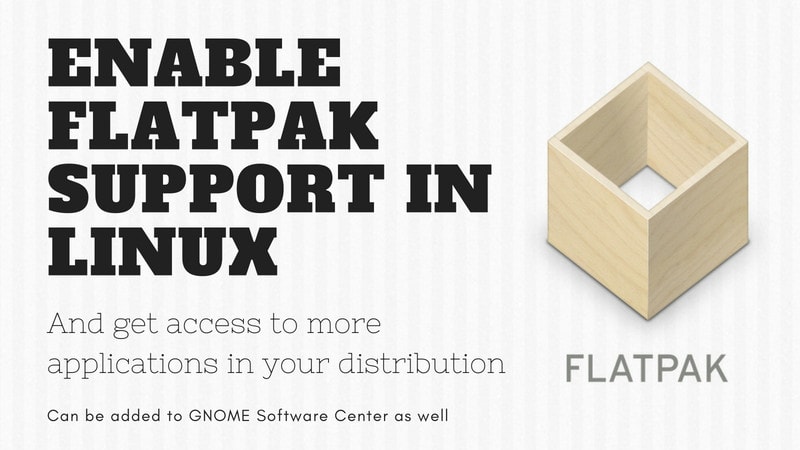
7. Cinelerra GG Infinity
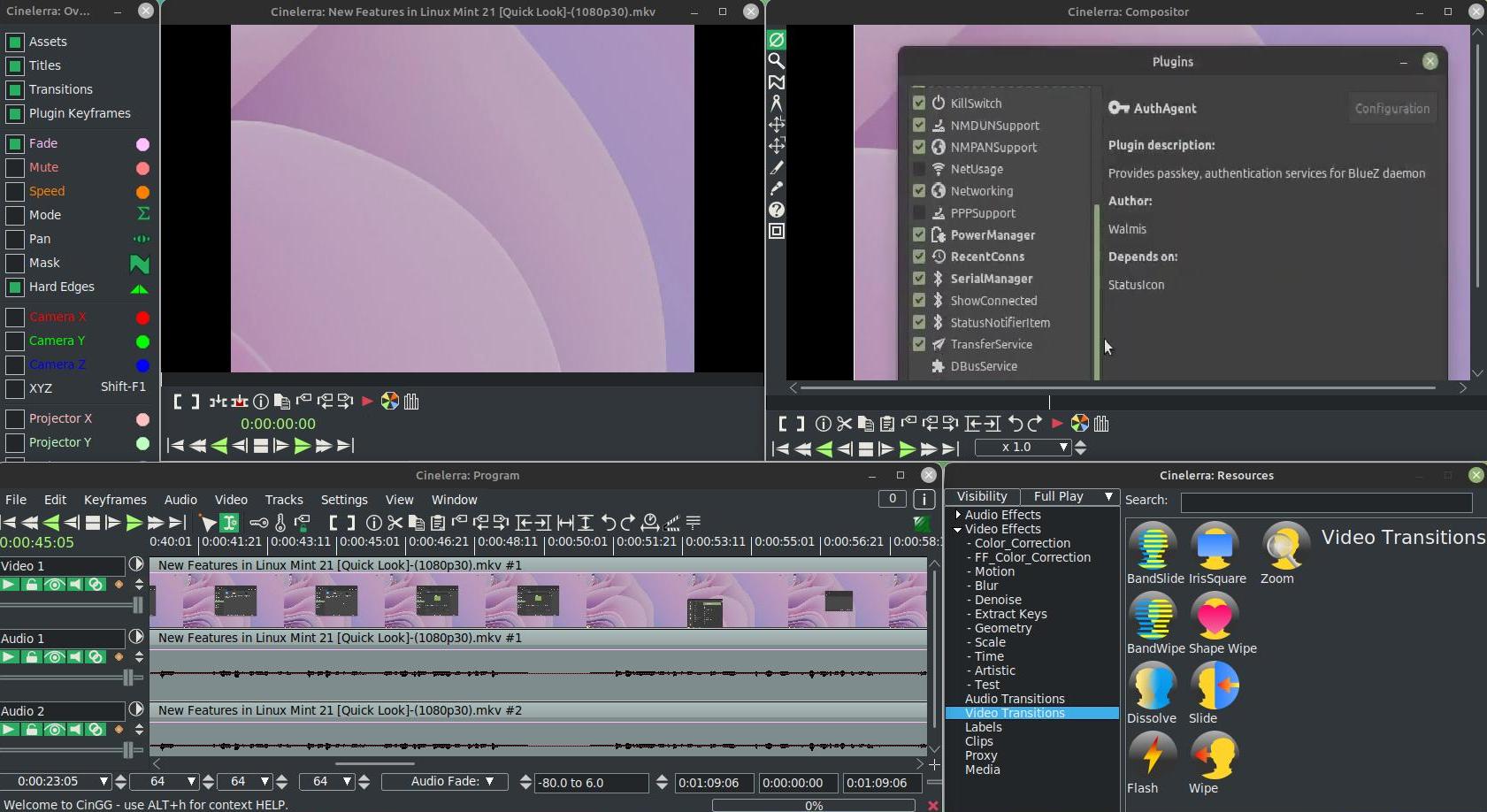
- Advanced timeline.
- Motion tracking support.
- Video stabilization.
- Hardware acceleration.
- Allows background rendering over a network with several connected computers.
- HiDPI 4K Monitor Support.
- Keyframe Support.
Cinelerra is a decade-old popular open-source video editor. However, it has several branches (in other words – different versions). I am not sure if that is a good thing, but you get different features (and abilities) on each of them.
Cinelerra GG is the most actively maintained edition with modern features, with new features constantly added. The original edition is an ancient video editor which is no longer being maintained.
Install Cinelerra GG
You will not find this in the repositories. So, head to its official website to download the AppImage or any other supported package.
8. DaVinci Resolve
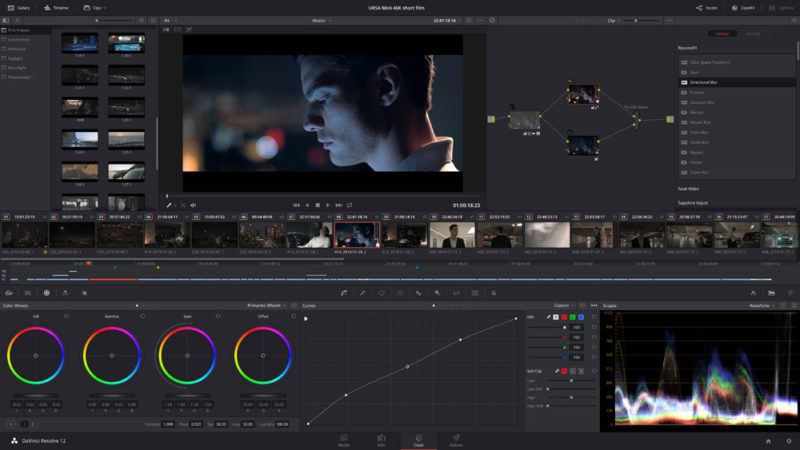
- High-performance playback engine
- Advanced Trimming
- Audio Overlays
- Multicam Editing allows editing footage from multiple cameras in real-time
- Timeline curve editor
- Non-linear editing for VFX
If you want film-grade video editing, use the tool the professionals use. DaVinci Resolve from Blackmagic is what professionals are using for editing movies and tv shows.
Unlike the Adobe suite, this is one excellent option that is truly cross-platform.
DaVinci Resolve is not your regular video editor. It’s a full-fledged editing tool that provides editing, color correction, and professional audio post-production in a single application.
DaVinci Resolve is not open source. Like LightWorks, it provides a free version for Linux and the pro version costs $300.
Pros
- Cross-platform
- Professional grade video editor
Cons
- Not suitable for average editing
- Not open source
- Some features are not available in the free version
Installing DaVinci Resolve
You can download DaVinci Resolve for Linux from its website. You’ll have to register, even for the free version.
9. VidCutter
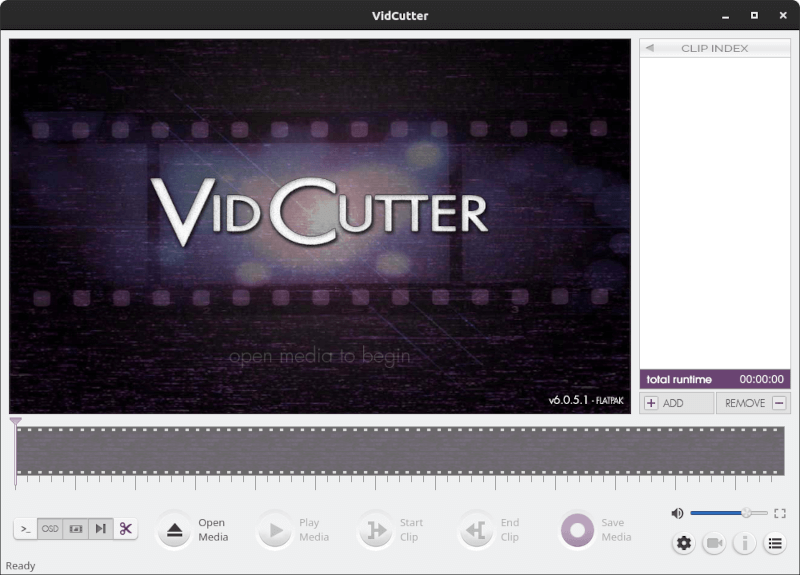
- Cross-platform app
- Supports most of the common video formats such as: AVI, MP4, MPEG 1/2, WMV, MP3, MOV, 3GP, FLV, etc.
- Simple interface
- Trims and merges the videos
Unlike all the other video editors discussed here, VidCutter is utterly simple. It doesn’t do much except splitting and merging videos. But sometimes that’s what you need and VidCutter gives you just that.
Pros
- Cross-platform
- Good for simple split and merge
Cons
- Not suitable for regular video editing
- Crashes often
Installing VidCutter
It is available as a Flatpak, Snap, AppImage and can be installed using a PPA.
If you want to use the PPA, you can get it using the following command:
sudo add-apt-repository ppa:ozmartian/apps
sudo apt-get update
sudo apt-get install vidcutterFor other Linux distributions and packages, you can head to its GitHub page.
Which is the best video editing software for Linux?
There are some online video editing tools available that could be used from your web browser in Linux. However, the comfort of a native tool is a different thing altogether.
If you require an editor for simply cutting and joining videos, go with VidCutter.
If you require something more than that, OpenShot or Kdenlive is a good choice. These are suitable for beginners and are systems with standard specifications.
If you have a high-end computer and need advanced features you can go out with Lightworks or DaVinci Resolve. If you are looking for more advanced features for 3D works, Blender has got your back.
💬 What do you think is the best video editing software for Linux? Share your thoughts in the comments down below.
It's FOSS turns 13! 13 years of helping people use Linux ❤️
And we need your help to go on for 13 more years. Support us with a Plus membership and enjoy an ad-free reading experience and get a Linux eBook for free.
To celebrate 13 years of It's FOSS, we have a lifetime membership option with reduced pricing of just $76. This is valid until 25th June only.
If you ever wanted to appreciate our work with Plus membership but didn't like the recurring subscription, this is your chance 😃


